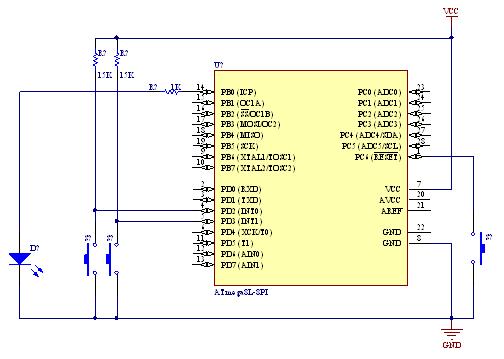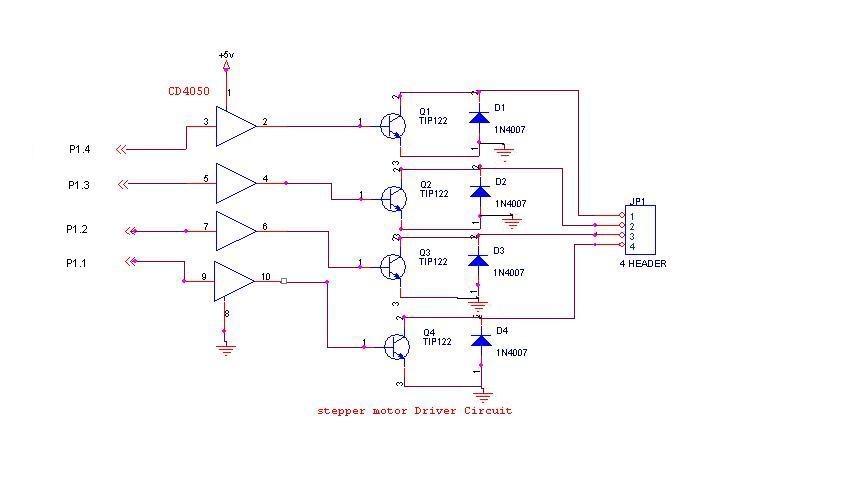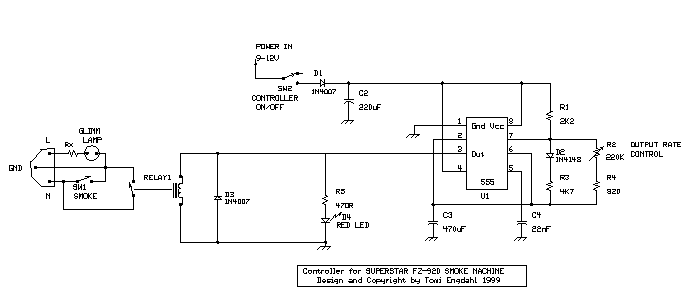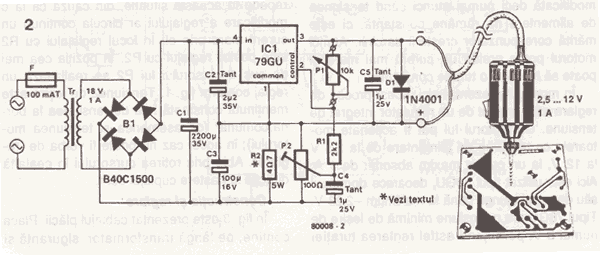
Controller Area Network TDS2020F
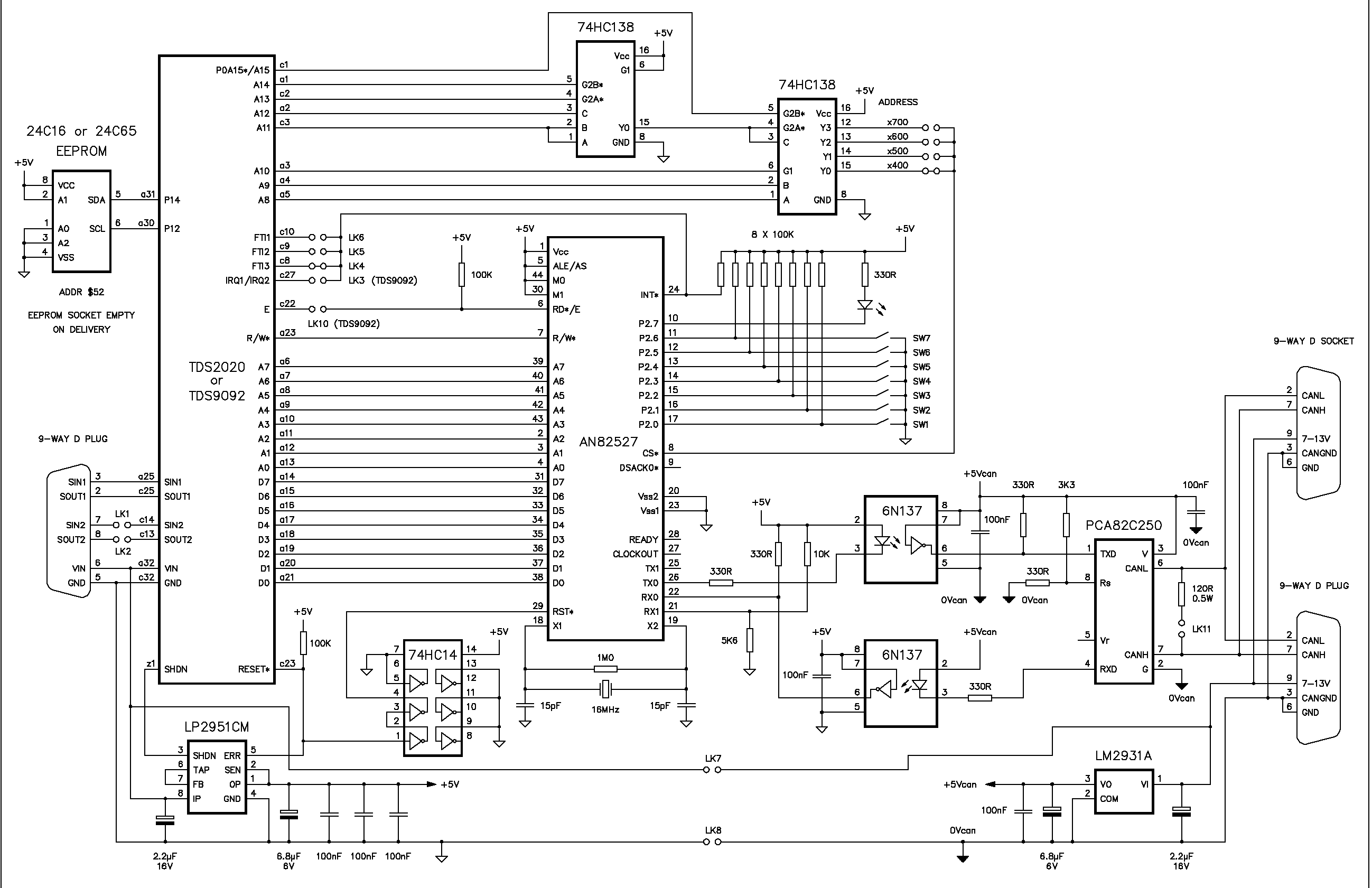
The Controller Area Network (CAN) data rate ranges from 10 kbit/s to 1 Mbit/s, with recommended distances of 40 to 1000 meters using two twisted pairs—one for data and the other for power and ground. Up to 110 nodes can be connected. Each board's DIL switch should be set to the required node number between 0 and 127, with different values suggested for identification. To connect two nodes, each consisting of a TDS2020CAN with either a TDS2020F or TDS9092 computer, a cable with two twisted pairs must be used, connecting pins 2 & 7 and 3 & 9, with a female connector at one end and a male connector at the other. The other two CAN connectors should remain open. To test the setup, type CANTEST on each computer in succession. An incrementing number will be transmitted and displayed by all connected and initialized nodes. The test can be stopped by pressing any key (ctrl+C on TDS9092). Next, typing ROLLCALL will initiate a memory transfer to all 128 possible nodes, displaying the responding initialized node numbers. The CAN operates at RS485 levels, utilizing 0V and +5V in a push-pull configuration for common mode immunity. Instead of character-based communication, it transmits messages of up to eight bytes, each with an identifier that allows any node with a matching identifier to receive the message. Each node can be a combination of TDS2020F + TDS2020CAN or TDS9092 + TDS2020CAN. The number of nodes supported by the network depends on cable lengths and bit rates, but the CAN bus driver chips can accommodate at least 110 nodes. The nodes are daisy-chained, with male and female CAN connectors internally connected. Terminating resistors on the board connect to the bus on the two end nodes via a link, with a maximum recommended network length of 1000 meters between terminations. A minimum of one twisted pair is required, with a local ground reference provided at each end. Typically, a twin twisted pair cable is utilized, with the second pair carrying power. The built-in opto-isolation allows power to be supplied to the entire CAN system through the other two wires from a separate +7 to +13V supply. Power may be distributed from one CAN node to all remote computers by creating links between the CAN and computer circuitry, allowing for a single power supply entry point to the network. A single supply of +6V to +16V will power both TDS2020F and TDS9092 computers on the network, but for compliance with the Computers in Automation (CiA) specification, it should be limited to +7 to +13V across the network. The typical current consumption of the TDS2020CAN board is noted, and the TDS2020CAN plugs into the underside of a TDS2020F or TDS9092 computer, adding 13 mm to the overall height. The board measures 100 x 80 mm, and all pins from the top computer board are replicated below the CAN board. The TDS2020CAN hardware adheres to the CiA Standard 102 version 2.0, which is based on ISO 11898. Each CAN node features a 9-pin D-plug and a D-socket connected on the board. These are also linked through CAN bus driver/receiver chips and high-speed opto-isolators to the CAN controller chip. The CAN nodes are daisy-chained, with 120-ohm terminating resistors connecting the two wires via link 11 on the end nodes. Each node on the TDS2020CAN can support up to 15 channels, each with a unique identifier. The identifiers are dynamic, allowing for software updates to the system configuration. For example, channel one may be designated for transmitting information, while the other 14 channels can act as receivers, monitoring messages with matching identifiers from up to 14 other nodes.
The Controller Area Network (CAN) is a robust communication protocol designed for real-time applications in automotive and industrial environments. The system is built around a bus topology, where all nodes share a common communication line, facilitating efficient data exchange. The dual twisted pair cabling not only provides a pathway for data transmission but also ensures that power is delivered to remote nodes, enabling a simplified wiring scheme.
Each node's configuration is critical for network integrity. The DIL switches allow for easy node identification, which is essential for debugging and network management. The use of a TDS2020CAN module paired with either a TDS2020F or TDS9092 computer enables versatile applications, including data acquisition and control systems.
The CAN protocol’s message-oriented structure, rather than character-based, enhances its efficiency, allowing for higher data throughput and reduced latency. The maximum message length of eight bytes is sufficient for many control applications, while the dynamic identifier allocation offers flexibility in network configuration, making it easy to adapt to changing requirements.
The daisy-chaining of nodes simplifies the physical layout of the network, reducing cable clutter and installation complexity. The inclusion of terminating resistors is crucial for minimizing signal reflections, ensuring reliable communication over long distances, up to 1000 meters.
Opto-isolation further enhances system reliability by protecting sensitive electronics from voltage spikes and ground loops. This feature is particularly beneficial in industrial environments where electrical noise can interfere with communication. The ability to supply power through the CAN bus reduces the number of power supplies needed, streamlining the overall system design.
In summary, the Controller Area Network offers a robust, flexible, and efficient communication solution for various applications, particularly in environments where reliability and real-time performance are paramount. The systematic approach to node configuration, message transmission, and power distribution ensures that the network can adapt to a wide range of operational needs while maintaining high performance and reliability.The Controller Area Network data rate can be from 10kbit/s to 1Mbit/s giving recommended distances of 40 to 1000metres over two twisted pairs, one for the data, the other to carry power and ground. Up to 110nodes may be connected. 2. Set the DIL switch on each board to the required node number 0to127. The actual value is unimportant, providing the y are different —we suggest 2and3. 3. Connect together two nodes, each consisting of a TDS2020CAN with either a TDS2020F or TDS9092 computer. Use a cable with two twisted pairs, connecting pins 2&7, and 3&9, having a female connector at one end and a male at the other.
Leave the other two CAN connectors open. 7. Type CANTEST and return on each computer in turn. An incrementing number is transmitted which all connected and initialised nodes will receive and display. Verify that you see the message when you change the PC plug to the other node. Stop the test with any key (ctrl+C on TDS9092). 8. Type ROLLCALL and return on each computer in turn. A memory transfer is made to all of the 128 possible nodes and responding initialised node numbers are displayed.
In this case, just the identity of the other node should show. Controller Area Network is a bus operating at RS485 levels, 0V and +5V in push-pull to give common mode immunity. Instead of being character based, it sends messages of up to eight bytes. Each of these frames has an identifier and any node with a matching identifier will receive the message.
Each node can be either a TDS2020F+TDS2020CAN or TDS9092+TDS2020CAN combination. The number of nodes which the network can support depends on cable lengths and bit rate, but the CAN bus driver chips are specified for at least 110 nodes. The nodes are daisy-chained, the male and female CAN connectors being internally connected. Terminating resistors on the board are connected to the bus on the two end nodes by making a link, the maximum recommended network length between the terminations is 1000m.
The network needs a minimum of a twisted pair, a ground reference being provided locally at each end. However, typically a twin twisted pair cable will be used, the second carrying power. q Use of the built-in opto-isolation, power being supplied to the whole CAN side of the system through the other two wires from a separate +7to13V supply.
q Power supplied from one CAN node to all the remote computers by making links between the CAN and computer sides of the circuitry, giving only one power supply entry point to the network. A single supply of +6Vto16V will power TDS2020F and TDS9092 computers on the network. Note that if you want compliance with the Computers in Automation (CiA) specification this should be limited to +7to13V over the network.
The current consumption of the TDS2020CAN board is typically: The TDS2020CAN plugs underneath a TDS2020F or TDS9092 computer, adding 13mm to the overall height. The board size is 100x80mm. All pins from the top computer board are reproduced below the CAN board. The hardware of the TDS2020CAN conforms to the CiA Standard 102 version2. 0, which in turn is based on ISO11898. Each CAN node has a 9-pin D-plug and a D-socket connected together on the board. They are also connected, via CAN bus driver/receiver chips and high speed opto-isolators, to the CAN controller chip.
CAN nodes are daisy-chained together and 120-ohm terminating resistors join the two wires via link11 on the two end nodes. CAN bus connections are: On TDS2020CAN, every node has up to 15channels, each with its own identifier.
The identifiers are dynamic, not fixed, so software can update a system configuration. For instance, channel one may be allocated to be the only channel in each node for transmitting information and it can have a unique code. The other 14channels may be receivers and at any time be looking out for messages with matching identifiers from up to 14 other nodes.
There are many ways of using these facilities. 🔗 External reference
The Controller Area Network (CAN) is a robust communication protocol designed for real-time applications in automotive and industrial environments. The system is built around a bus topology, where all nodes share a common communication line, facilitating efficient data exchange. The dual twisted pair cabling not only provides a pathway for data transmission but also ensures that power is delivered to remote nodes, enabling a simplified wiring scheme.
Each node's configuration is critical for network integrity. The DIL switches allow for easy node identification, which is essential for debugging and network management. The use of a TDS2020CAN module paired with either a TDS2020F or TDS9092 computer enables versatile applications, including data acquisition and control systems.
The CAN protocol’s message-oriented structure, rather than character-based, enhances its efficiency, allowing for higher data throughput and reduced latency. The maximum message length of eight bytes is sufficient for many control applications, while the dynamic identifier allocation offers flexibility in network configuration, making it easy to adapt to changing requirements.
The daisy-chaining of nodes simplifies the physical layout of the network, reducing cable clutter and installation complexity. The inclusion of terminating resistors is crucial for minimizing signal reflections, ensuring reliable communication over long distances, up to 1000 meters.
Opto-isolation further enhances system reliability by protecting sensitive electronics from voltage spikes and ground loops. This feature is particularly beneficial in industrial environments where electrical noise can interfere with communication. The ability to supply power through the CAN bus reduces the number of power supplies needed, streamlining the overall system design.
In summary, the Controller Area Network offers a robust, flexible, and efficient communication solution for various applications, particularly in environments where reliability and real-time performance are paramount. The systematic approach to node configuration, message transmission, and power distribution ensures that the network can adapt to a wide range of operational needs while maintaining high performance and reliability.The Controller Area Network data rate can be from 10kbit/s to 1Mbit/s giving recommended distances of 40 to 1000metres over two twisted pairs, one for the data, the other to carry power and ground. Up to 110nodes may be connected. 2. Set the DIL switch on each board to the required node number 0to127. The actual value is unimportant, providing the y are different —we suggest 2and3. 3. Connect together two nodes, each consisting of a TDS2020CAN with either a TDS2020F or TDS9092 computer. Use a cable with two twisted pairs, connecting pins 2&7, and 3&9, having a female connector at one end and a male at the other.
Leave the other two CAN connectors open. 7. Type CANTEST and return on each computer in turn. An incrementing number is transmitted which all connected and initialised nodes will receive and display. Verify that you see the message when you change the PC plug to the other node. Stop the test with any key (ctrl+C on TDS9092). 8. Type ROLLCALL and return on each computer in turn. A memory transfer is made to all of the 128 possible nodes and responding initialised node numbers are displayed.
In this case, just the identity of the other node should show. Controller Area Network is a bus operating at RS485 levels, 0V and +5V in push-pull to give common mode immunity. Instead of being character based, it sends messages of up to eight bytes. Each of these frames has an identifier and any node with a matching identifier will receive the message.
Each node can be either a TDS2020F+TDS2020CAN or TDS9092+TDS2020CAN combination. The number of nodes which the network can support depends on cable lengths and bit rate, but the CAN bus driver chips are specified for at least 110 nodes. The nodes are daisy-chained, the male and female CAN connectors being internally connected. Terminating resistors on the board are connected to the bus on the two end nodes by making a link, the maximum recommended network length between the terminations is 1000m.
The network needs a minimum of a twisted pair, a ground reference being provided locally at each end. However, typically a twin twisted pair cable will be used, the second carrying power. q Use of the built-in opto-isolation, power being supplied to the whole CAN side of the system through the other two wires from a separate +7to13V supply.
q Power supplied from one CAN node to all the remote computers by making links between the CAN and computer sides of the circuitry, giving only one power supply entry point to the network. A single supply of +6Vto16V will power TDS2020F and TDS9092 computers on the network. Note that if you want compliance with the Computers in Automation (CiA) specification this should be limited to +7to13V over the network.
The current consumption of the TDS2020CAN board is typically: The TDS2020CAN plugs underneath a TDS2020F or TDS9092 computer, adding 13mm to the overall height. The board size is 100x80mm. All pins from the top computer board are reproduced below the CAN board. The hardware of the TDS2020CAN conforms to the CiA Standard 102 version2. 0, which in turn is based on ISO11898. Each CAN node has a 9-pin D-plug and a D-socket connected together on the board. They are also connected, via CAN bus driver/receiver chips and high speed opto-isolators, to the CAN controller chip.
CAN nodes are daisy-chained together and 120-ohm terminating resistors join the two wires via link11 on the two end nodes. CAN bus connections are: On TDS2020CAN, every node has up to 15channels, each with its own identifier.
The identifiers are dynamic, not fixed, so software can update a system configuration. For instance, channel one may be allocated to be the only channel in each node for transmitting information and it can have a unique code. The other 14channels may be receivers and at any time be looking out for messages with matching identifiers from up to 14 other nodes.
There are many ways of using these facilities. 🔗 External reference

